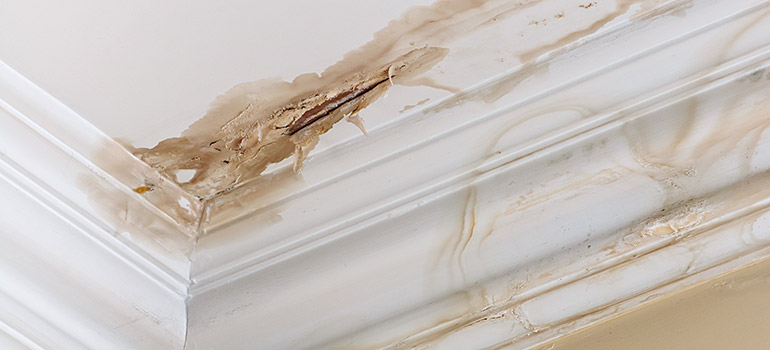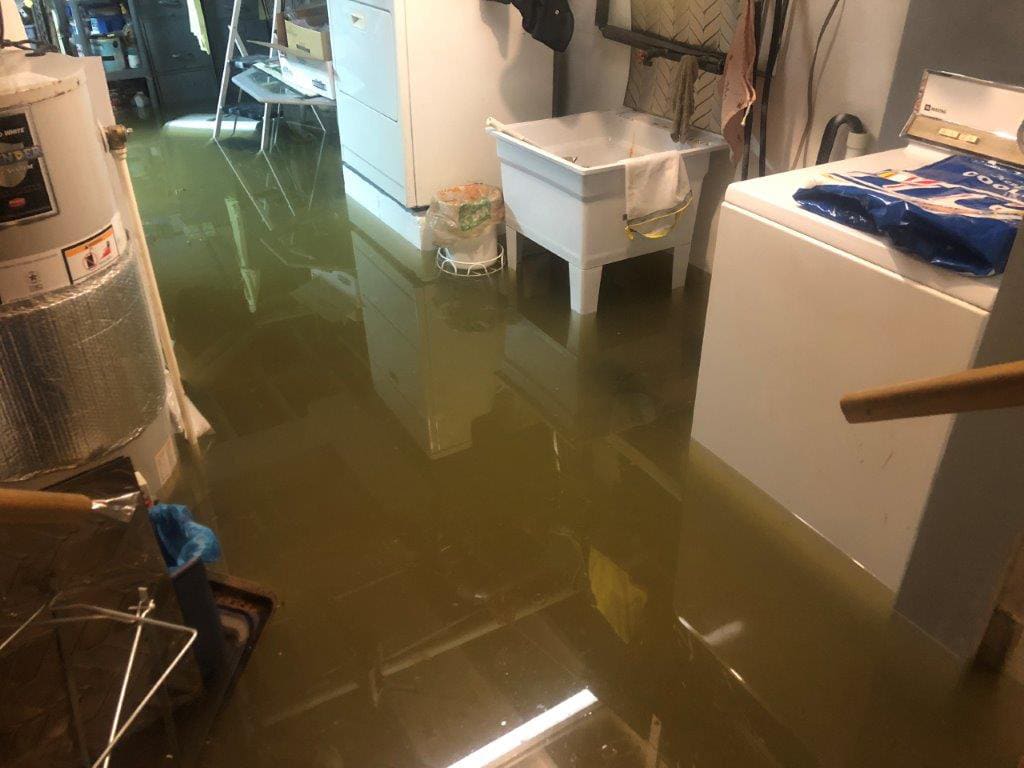Do's and also Don'ts During Water Damage Emergencies.
Do's and also Don'ts During Water Damage Emergencies.
Blog Article
Just about everyone seems to have their own individual opinion when it comes to Ways to Reduce The Risk Of Fire And Water Damage.

Water provides life, water breach on components where it's not expected to be can result in damage. It can peel away surfaces as well as wear down the structure if the water saturates right into your framework. Mold and mildew and mildew also flourish in a moist atmosphere, which can be harmful for your health and wellness. Residences with water damages scent stuffy and also old.
Water can originate from several resources such as hurricanes, floods, ruptured pipes, leaks, and also drain issues. In case you experience water damages, it would be excellent to understand some safety preventative measures. Right here are a couple of guidelines on exactly how to take care of water damage.
Do Prioritize Residence Insurance Coverage
Water damage from flood as a result of heavy winds is seasonal. Nevertheless, you can additionally experience an abrupt flood when a defective pipeline all of a sudden breaks into your house. It would certainly be best to have residence insurance coverage that covers both acts of God such as all-natural tragedies, as well as emergencies like broken plumbing.
Do Not Fail To Remember to Switch Off Utilities
In the event of a catastrophe, especially if you reside in a flood-prone area, it would be advisable to switch off the main electric circuit. This removes power to your entire home, stopping electrical shocks when water is available in as it is a conductor. Don't forget to transform off the primary water line valve. When floodwaters are high, furnishings will walk around as well as trigger damages. Having the major valve shut down stops additional damages.
Do Remain Proactive and also Heed Weather Informs
Tornado floods can be extremely uncertain. If there is a history of flooding in your area, stay proactive as well as ready. Listen to emptying warnings if you live near a lake, creek, or river . Get valuables from the ground floor and also cellar, after that placed them on the highest possible level. Doing so lowers possible home damage.
Don't Disregard the Roofing System
You can avoid rainfall damages if there are no openings and leaks in your roof covering. This will certainly stop water from flowing down your wall surfaces as well as soaking your ceiling.
Do Pay Attention to Tiny Leaks
A burst pipeline doesn't occur over night. Normally, there are red flags that show you have damaged pipes in your home. As an example, you may see bubbling paint, peeling off wallpaper, water streaks, water spots, or dripping noises behind the wall surfaces. Ultimately, this pipeline will rupture. Preferably, you need to not wait for things to intensify. Have your plumbing fixed prior to it leads to substantial damage.
Do Not Panic in Case of a Burst Pipe
Keeping your presence of mind is crucial in a time of situation. Worrying will only intensify the issue because it will stifle you from acting quickly. Timing is essential when it comes to water damages. The longer you wait, the more damages you can anticipate. Therefore, if a pipeline bursts in your home, quickly turned off your major water valve to cut off the resource. Unplug all electric outlets in the location or transform off the circuit breaker for that component of the house. Call a reputable water damage restoration specialist for support.
Water offers life, water breach on components where it's not intended to be can result in damages. Residences with water damages odor moldy and old.
Water damage from flooding charges to heavy winds is seasonal. You may notice gurgling paint, peeling off wallpaper, water streaks, water stains, or trickling audios behind the wall surfaces. When it comes to water damages, timing is essential.
Some Do's & Don't When Dealing with a Water Damage
DO:
Make sure the water source has been eliminated. Contact a plumber if needed. Turn off circuit breakers supplying electricity to wet areas and unplug any electronics that are on wet carpet or surfaces Remove small furniture items Remove as much excess water as possible by mopping or blotting; Use WHITE towels to blot wet carpeting Wipe water from wooden furniture after removing anything on it Remove and prop up wet upholstery cushions for even drying (check for any bleeding) Pin up curtains or furniture skirts if needed Place aluminum foil, saucers or wood blocks between furniture legs and wet carpet Turn on air conditioning for maximum drying in winter and open windows in the summer Open any drawers and cabinets affected for complete drying but do not force them open Remove any valuable art objects or paintings to a safe, dry place Open any suitcases or luggage that may have been affected to dry, preferably in sunlight Hang any fur or leather goods to dry at room temperature Punch small holes in sagging ceilings to relieve trapped water (don't forget to place pans beneath!); however, if the ceiling is sagging extremely low, stay out of the room and we'll take care of it DO NOT:
Leave wet fabrics in place; dry them as soon as possible Leave books, magazines or any other colored items on wet carpets or floor Use your household vacuum to remove water Use TV's or other electronics/appliances while standing on wet carpets or floors; especially not on wet concrete floors Turn on ceiling fixtures if the ceiling is wet Turn your heat up, unless instructed otherwise

As a serious person who reads on Reducing Your Risk Of Water And Fire Damage At Home, I think sharing that piece of writing was a good idea. Don't hesitate to take the time to promote this blog post if you enjoyed it. Thank you so much for taking the time to read it.
Report this page